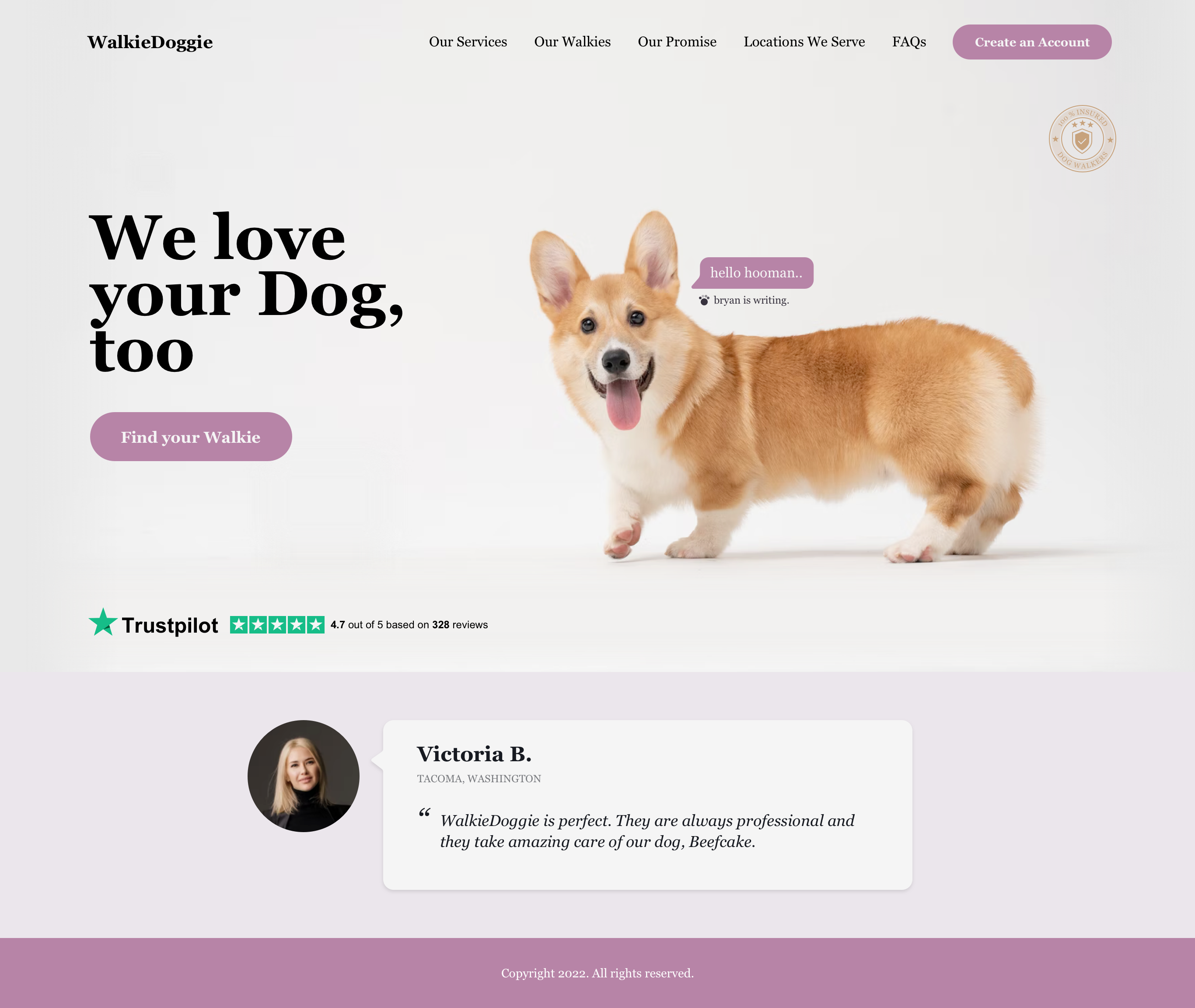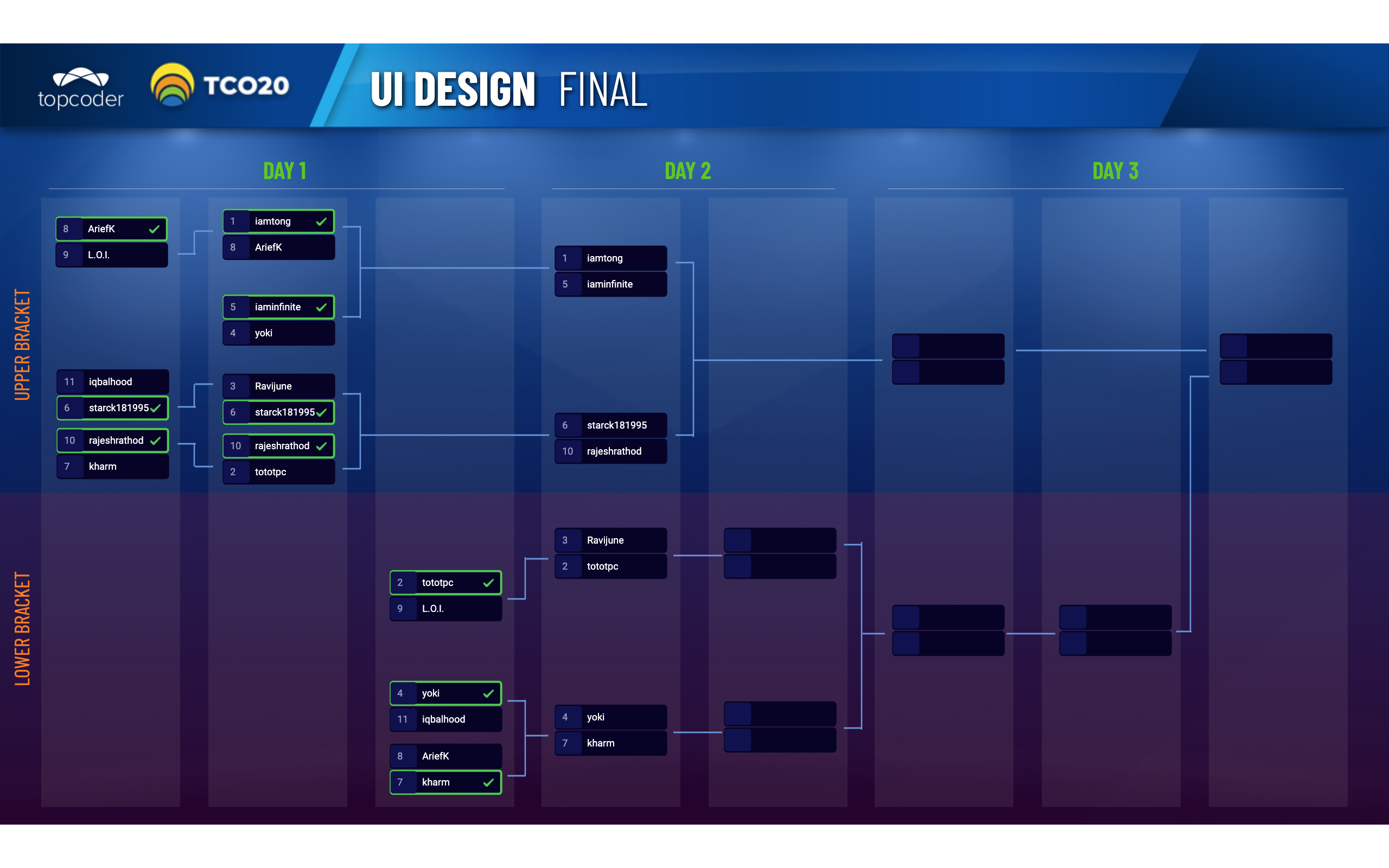May 29, 2018 Concept Versus Production Design
Introduction
You may have noticed that certain competitions will have these key phrases in their titles : E.g. Solid Start – Portal Concept Design Challenge or 2019 Topcoder Open UI Responsive Design Challenge.
Concept Design is not the same thing as Design. These are terms used by Topcoder Challenge Architects and Co-Pilots to point Client expectations and deliverables in a specific direction… the general goal of the project. And where that project is expected to go next.
This article’s main goal is to help you (the designer) identify what is required before and after the checkpoint stages in competitions with these keywords in their title or description.
To simplify this further, most Clients want UI Designers to :
Expand an idea.
Or
Sharpen a design.
Expand : Concept Design
Expansion is the “action of becoming larger or more extensive”. Think of Concept Design as being like a balloon floating on the wind. With the client potentially not being 100% sure of :
- What color/s they want…
- How large or small the balloon should be…
- What shape the balloon is…
- What direction the balloon is going to float…
- etc
So, the Client is bringing some basic or core; problems, expectations, ideals and intent. They want us (designers) to explore, fix, research, investigate, persuade, hypothesise and expand on their core requirements. Ultimately presenting all the ideas we can in our submissions. The Client also wants submissions from many sources, quickly. LUX/RUX are 72 hour competitions, so there is an emphasis on “quickly”. Which is what we (designers) and Crowdsourcing are, in a nutshell. Lots of great ideas, fast. The winning submissions become the basis of ideas and iterations as they move towards more of a complete product. A great indication of a competition being Concept Design is that the Client might not have a logo, color scheme or style guide. But that this is not the only qualifier. Clients could present some or all of these and still be expecting concepts. Always ask the Co-Pilot if you are unsure.
Sharpen : Design(Production)
Sharpen means to “improve or cause to improve”. Think of it as if you are sharpening the edge of a knife. With the client being very sure of what they want to accomplish with that edge. They believe that the blade is dull and dirty and that is why we (designers) are involved. Their goal is to get something that will remain keen and polished for as long as possible. The Client is partially expecting somewhat less of the blade to come out of the process. Parts can be refined or condensed if it makes sense to do so. Somewhat less is sometimes substantially more. A solid signature of a production design competition; logo, color scheme guidelines or a style guide. Be careful here, the client can supply these and but be asking for a Concept Design. Always ask your Co-Pilot if you are unsure.
Timeline In A Nutshell

NOTE : The above timeline is an “ideal” or generally accepted process. Wireframes can be part of the process. This illustrates that Concept Design normally occurs before Production Design. But Concept Design can be skipped in it’s entirety! Concept Design is basically an idea harvesting process that normally happens before design production takes place. Design Production is taking those Concept Designs and ideas and producing the two key sets of resources for developers to easily make into websites or applications:
- Production Ready Graphics And Resources The next group of people are taking over. So your colors, fonts, pixel perfect buttons, stock art resources must all be organized and good to go.
- A Fully Fledged User Experience At least 98.9992322913% of the user experience is locked down and also good to go. This includes popups, dropdowns, mouseovers, button states and error messages/handling… just to name a few.
Clients can choose to skip the first two Wireframe and Concept processes and require Production Ready resources. Try to find out where your design has come from, but make sure you know where your design is going.
Wireframes
Can be a blessing and a bane.
Wireframes into Concept Design
If you see “Concept” in a competition title or description and are supplied wireframes. The absolute worst thing you can do is copy those wireframes as your submission. The Client wants more options than what the supplied wireframes provide. They do however want all of the supplied information, don’t change that. Specific emphasis placed on information, not necessarily layout. You are bringing your creativity and logic to the table here. It is safer to add, try not subtract. Reorganise before you remove. Always ask a Co-Pilot about how to proceed.
Wireframes into Design (Production)
If you see “Design” in a competition and are supplied wireframes. The Client wants the wireframes to be made into something they can hand over to developers. This means that you have to balance and refine the design on different levels. Note those words, balance and refine. You are bringing your designer expertise to the table here. Do not add too much, or stray into Concepts, unless it is very clear, logical and justified. Do not remove, unless you can justify why you are doing so. The customer is expecting XYZ, do not supply them with ABC. Always ask a Co-Pilot if you are confused.
Great Wireframes Into Concept Design
What happens if the supplied wireframes are awesome? But the competition is “Concept Design” and you feel that the wireframes are a well rounded solution that cannot really be improved? You(designer) are battling to bring anything new to the table. Fire up the browser and go do some research for alternatives. Or, this is a great opportunity to reach out to the Co-Pilot and tell them how you feel. Especially if you are battling to find a new solution.They will know best in giving you advice on how to proceed.
Bad Wireframes Into Design(Production)
If you feel that the supplied wireframes are terrible and filled with flaws. This shouldn’t happen if the design is going forward into production. The supplied resources have undergone many checks and balances between the Client, Competition Architect, and Co-pilot. If you disagree with the supplied material, be honest and diplomatic in stating your case with the Co-Pilot. Do not go off on your own tangent! Above all listen, to their advice on how you should take your next steps.
Tips And Tricks Of The Trade
Concept Design = Speed
Anything that takes you away from research, experimentation, exploration, and discovery. Is your enemy. This includes : Pixel precision, layer/group naming, fine tuning color corrections, elaborate detailed illustrations etc. Out there in the world, large project conceptualization is a back and forth debate between two or more designers over one or more weeks. Minimum. At Topcoder, you might have a few days in total to deliver a solution. By yourself, because you are awesome! So, before even starting, you are already pressed for time. Sure the next designer might/will swear at you. Your job is to spend as much energy as possible to bring something new to the mix. Side note : On more than one occasion I have been successful in a competition because of an idea sparking in the last hours (sometimes minutes) before submission closes. Being open to inspiration is key. Making sure it all works and is the best user experience possible is pivotal.
Production Design = Polished
Pixel precision, perfection, layer/group naming, color balancing etc. Is what is expected of you here. You (the designer) might get a Concept Designer’s files or wireframes that require the last push. Make their work error free, polished and shiny. Swearing at Concept Designers is understandable and allowed.
Checkpoint Flip/Flop
The Competition Architects, Co-Pilots, and designers at Topcoder deal with design/ers on a daily basis. Clients however may only deal with design/ers once or twice a year. Keeping in mind the restrictions of communicating using tools the internet has to offer… At times in a second language, for all involved. Miscommunications happen. What a client expects, sometimes does not align to what was delivered in the checkpoint phase. A competition can then instantly change from being Concept driven to being Production Ready. Or in reverse. From my experience, the first time you show anyone a design is the moment things pick up the most amount of speed and direction/s in which to go. Unlike in the real world where people might be held back by shyness or be intimidated by the presentation process. Crowdsourcing allows them to be at their desk and very much in their comfort zone. Or the design review is held by a group of people where a lot of ideas bubble to the surface. Sometimes the changes and suggestions can be extreme. This is why we have Co-Pilots (Creative Producers), to keep everything in line. A checkpoint flip or flop can happen. This is human, so it is understandable. Flexibility, adaptability and a thick skin will see you(all involved) through to the end. Watch the general feedback and ask questions when checkpoint results are posted.
Why LUX/RUX Is Important For Designers
Unless specifically stated otherwise, LUX/RUX is considered as being a Conceptual Design competition…At the same time it is also a showcase of everything that Topcoder has to offer prospective clients. From Wireframes to Concepts to Production Design. The whole caboodle. The unspoken goal is to generate polished ideas at speed. To take giant leaps of imagination in one hour, then, make those believable and feasible enough to be implemented(without too much fuss), in the next. But, and most importantly, LUX/RUX for us as designers is a great opportunity to find the balance between Concepts and Production Design. How far we have come and where our strengths might lay in the now. And potentially in the future.
Conclusion : Do What You Love
“Choose a job you love, and you will never have to work a day in your life,” Confucius Personally, I prefer looking for ways to add value to a product and push it into undiscovered areas. To surprise and thrill the Client if at all possible. Which makes me more of a Concept/s Designer than a Designer(Production). And I am fine with that. I have found my niche. I hope that this has cleared up any potential confusion on the difference between Concept Design and Design. If you (designer) is unsure if you are purely either a Concepts / Design person yet. Try both! Find what you love. You (designers), decide how you want to risk your time. What is fun and rewarding for you may not immediately or consistently show as a competition win… But, if doing what you love keeps you trying, learning and developing. You have already won. Special Thanks to tgerring and DaraK for helping with this article.
ToxicPixel
Guest Blogger


